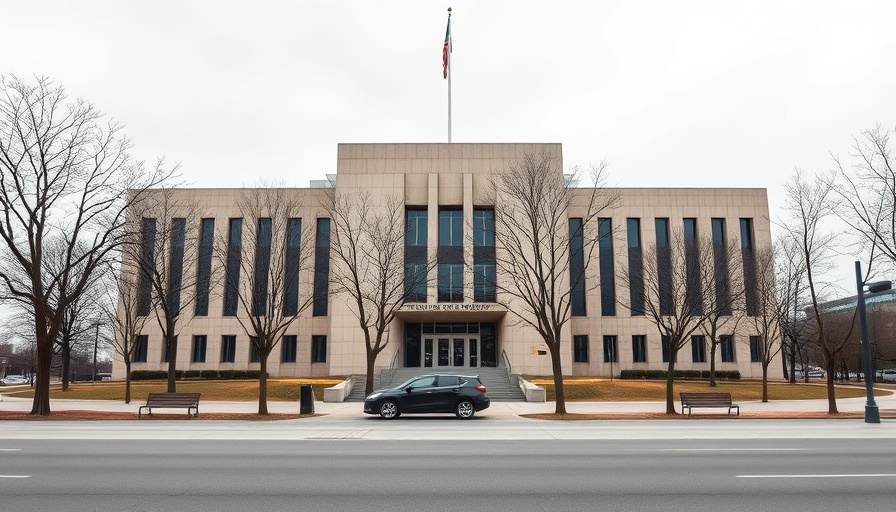
Gelderland's New Nature Permits: A Path to Sustainable Growth
The province of Gelderland has recently announced a return to issuing nature permits under stringent conditions aimed at reducing nitrogen emissions. This pivotal move allows for the resumption of critical projects—including housing developments, infrastructure expansions, and business enhancements. The outcome? A projected 35% decrease in nitrogen output for new activities compared to current levels, as confirmed by the deputy for nitrogen policy, Ans Mol-van de Camp from the BBB party.
Striking a Balance: Environmental Concerns vs. Development Needs
The decision reflects a broader struggle faced by many provinces in the Netherlands, where environmental protections often intersect with economic growth demands. For farmers and businesses in Gelderland, these rules restore much-needed clarity, signaling potential renewal in local economic activity.
“With these guidelines, we are paving the way for projects that have been on hold for too long,” Mol-van de Camp stated. The return to permitting means that initiatives such as event planning or dike reinforcements can move forward, provided they meet the stringent emissions targets.
The Temporary Nature of These Permissions
However, it’s important to recognize that this is a temporary arrangement. Gelderland plans to reassess these rules once a comprehensive strategy for reducing nitrogen emissions and restoring nature is in place, which includes contributions from the national government.
This temporary nature raises questions among local agrarians regarding the sustainability and future of agricultural practices in light of these restrictions. While some farmers express optimism about renewed opportunities, others are left grappling with uncertainty about their operational capacities.
If You’re Affected: Practical Steps Forward
For farmers and local businesses in Gelderland, now is the time to prepare for the permit application process. Engaging with local authorities to ensure compliance with the new regulations is crucial. Additionally, exploring options for reducing nitrogen emissions creatively—perhaps through eco-friendly practices or technology—could strengthen applications and ensure alignment with the province's environmental goals.
The Bigger Picture: Implications for Dutch Agriculture
The changes in Gelderland may signal a trend that other provinces could follow, especially as agricultural practices are increasingly scrutinized for their environmental impact. Policymakers are tasked with the challenge of supporting agricultural vitality while addressing pressing environmental crises. It will be interesting to monitor how these developments influence national discussions on sustainability within the farming sector.
In sum, while these new regulations might initially seem daunting, they could lead to innovative solutions and opportunities in Gelderland’s agricultural landscape. The balance between development and ecological stewardship is delicate but necessary. Keeping abreast of these changes and continuously engaging with local policy updates will empower agrarians to navigate this evolving landscape effectively.
Let’s stay informed and proactive as these developments unfold in Gelderland. Engaging with local councils and participating in community discussions could offer valuable insights and opportunities for collaboration. Together, we can work towards a sustainable future that respects both economic growth and environmental responsibility.
 Rij toevoegen
Rij toevoegen






Write A Comment